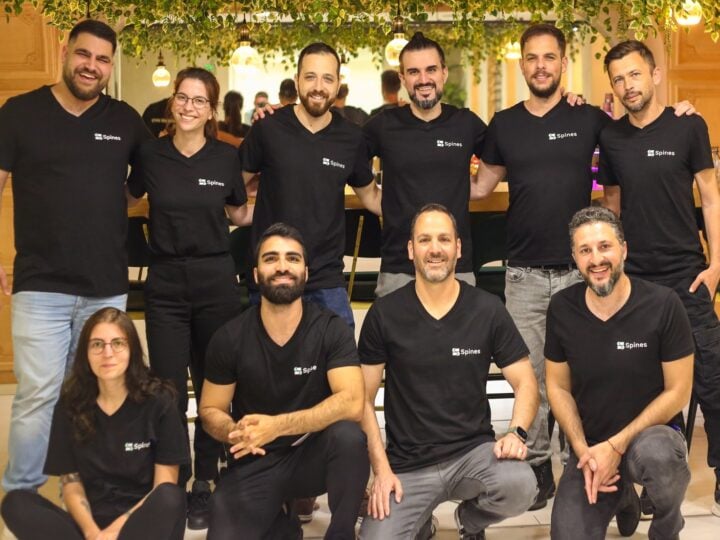Israel’s Magisto helps you transform hours of homemade video into exciting two-minute clips at just the click of a mouse. YouTube is already on board.

Most video is boring: Cats doing flips, babies taking their first steps, your second-cousin-once-removed’s bar mitzvah party. Yet we can’t help ourselves from churning it out. Some 48 hours of video are uploaded to YouTube every minute. And it’s just getting worse with the proliferation of smart phones, which can take high-quality video (Apple’s new iPhone 4S even offers HD).
Oren Boiman feels your pain. When his first daughter was born six years ago, he ran out and bought a camcorder to capture her first moments, only to shelve the many hours of footage that proved unwatchable.
“People will fall asleep. You can only share one minute before your friends say ‘Okay, let’s go on!’”
Fortunately, Boiman was not just a new parent. He also has a PhD from Israel’s Weizmann Institute of Science in computer vision and video analysis. He teamed up with army buddy Alex Rav-Acha, also a Weizmann PhD, to create Magisto, a cloud-based web service that automatically edits unwieldy videos down to two-minute, fast-paced, seemingly “directed” videos.
Magisto was launched in beta in September last year, after raising more than $7 million (the most recent $5.5 million from Hong Kong-based Horizon Ventures in August). The company has users from 120 countries and a partnership with YouTube.
Three simple steps
Rather than having to import video clips into an editing program like Apple’s iMovie (just about the easiest program out there) and managing timelines, manually adding transitions, dragging and dropping music, Magisto users simply select up to 16 clips (with a maximum of 600 MB), give the movie a title and choose a soundtrack from their own collection or from Magisto’s free, licensed library of pop tunes.
Click “Create,” wait 15 minutes, and an email informs you your video is ready. Cool transitions including wipes, swirls and split screens are added automatically; the music ducks down so you can hear your two-year-old’s babbling; and the video actually seems to have a storyline. Boiman calls it “rocket science,” and the description doesn’t seem so far off.
Magisto’s technology combines facial recognition with object and action tracking to create “a semantic understanding of what’s happening in the video,” Boiman tells ISRAEL21c.
“For example, if the same person appears over and over in the video, Magisto concludes that person must be important. We select the best parts, post-produce them, and add effects and transition to tell an intelligent story,” he says.
Want to tag images in the video? Magisto extracts the faces it can find and lets you mark them directly in Facebook. You can then upload the video to the social media site or to YouTube with a single click.
Partnering with YouTube
Magisto’s deal with the world’s largest video-sharing company allows users to select the “Magisto” option from within YouTube and upload clips that will be instantly online without any extra steps.
But the true Holy Grail is around the corner. That’s Facebook’s upcoming “Timeline” feature, which can include video clips. The market for one- to two-minute video productions is about to explode, Boiman predicts, positioning Magisto in the right place at the right time.
Magisto is free for the basic program, a few bucks a month for premium. The extra functionality will include the ability to download videos and upload more and longer clips beyond the 16 clip/600 MB max. Boiman also hopes to make money by creating branded Magisto tools for businesses (right now, every video ends with the Magisto logo).
If you don’t like what Magisto has created, wait for the company’s release of a “tweaking” capability in the coming months, an option that may also be part of Magisto’s premium features to be rolled out in 2012.
But first on the company’s action list following its latest cash injection: a mobile version for iPhones, Androids and the like. The opportunity is huge since that’s where most of the video down the road will be shot.
By Boiman’s estimates, only about one percent of video shot by non-professionals ever gets shared, whether by email to doting grandparents, or on YouTube and similar sites. What happens to the rest? Social video, he quips, lives in a virtual dumpster. “You put it into one folder inside another folder and never see it again.”
Magisto, Boiman hopes, will do its part to rescue your Hawaiian vacation masterpiece from the trash. Can you say aloha? Better do it in under two minutes.
















